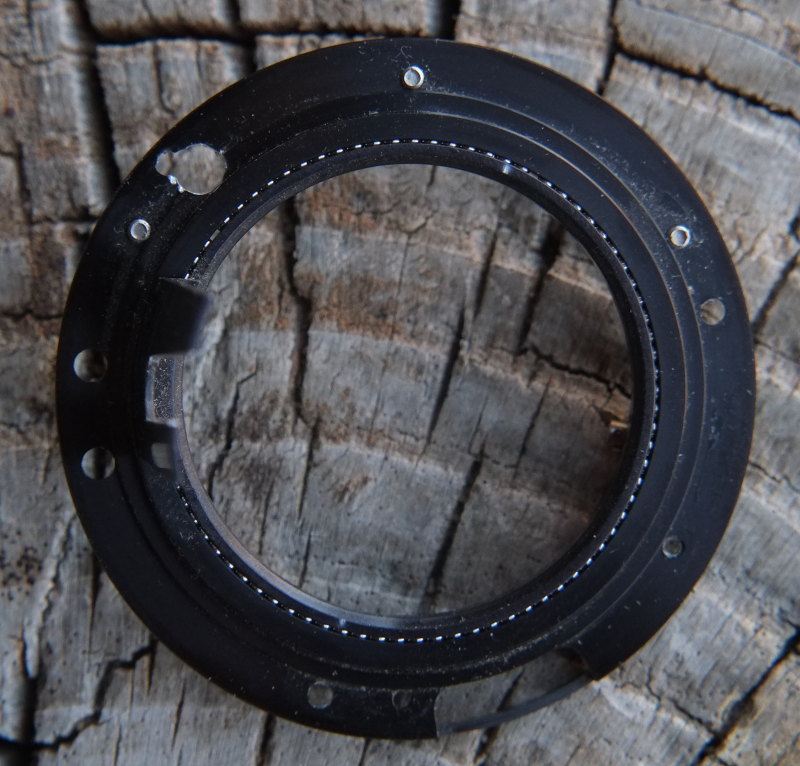I wouldn't worry about that test scene. The D7000 is plenty sharp. What happens is the RAW files look softer than the out-of-camera JPEGs. If you go to the resolution test on the prior page you will see what I'm talking about. The JPEGs appear sharper because the solids are brighter, but the resolution is diminished vs RAW. In the RAW image, the edges are sharper and the resolving power is higher. This softness is the effect of how Lightroom/Photoshop process Nikon RAW files in their default settings.
If you are concerned about your particular camera, set up your own test scene and shoot that. I like to shoot books in a book case, with camera on a tripod, and your lens in it's sharpest aperature (typically f/4 to f/8), and take shots with increasing ISO to see sharpness and noise effects on the color as ISO increases. If the book title font edges are sharp and the colors are good, I'd say your sensor is in good shape. The D7000 sensor should be decently clean up to ISO 1600 in practical shooting and ISO 3200 pushed.
Aside from all that, I was in a gallery that specialized landscape photography of the dessert southwest. I saw 24" x 36" color prints taken with a the D7000 that were simply stunning. Helped me stop craving an upgrade to my D7100. If there is an aspect to the D7000 that needs workaround it would be the metering system, and this is not that difficult to do with exposure compensation. In my experience, the metering issues only slightly improved in the D7100 and D7200. What sets the D7100/7200 apart from the D7000 is a higher-res 24mpixel sensor and a much better auto focus system so you could better shoot birds-in-flight and sports. Nikon didn't drop it's good metering system into this line until the D7500 (and the D500 has the latest pro level auto focus).



























